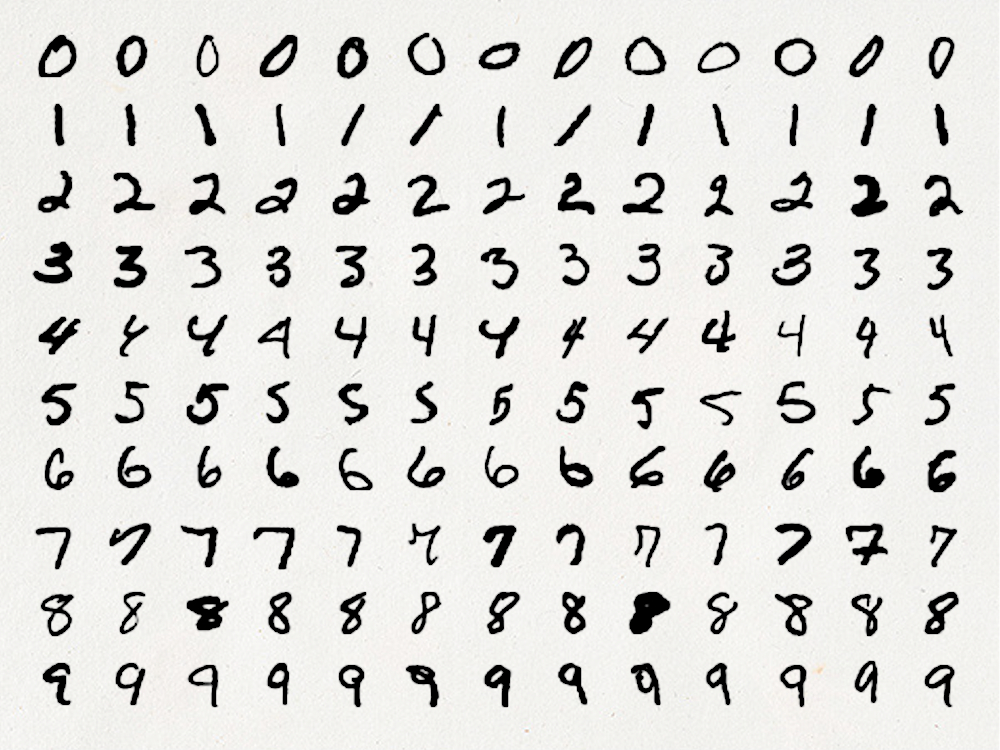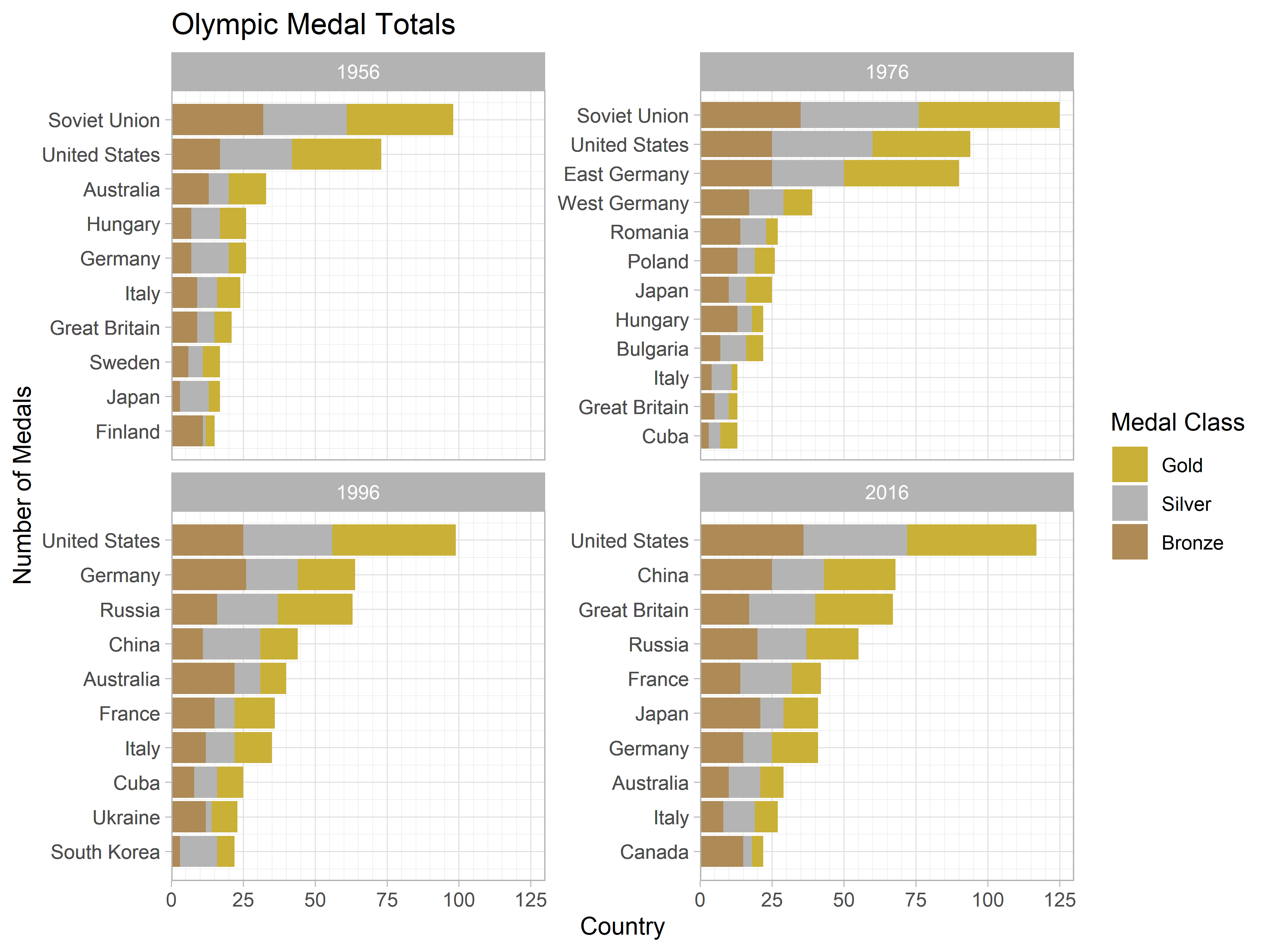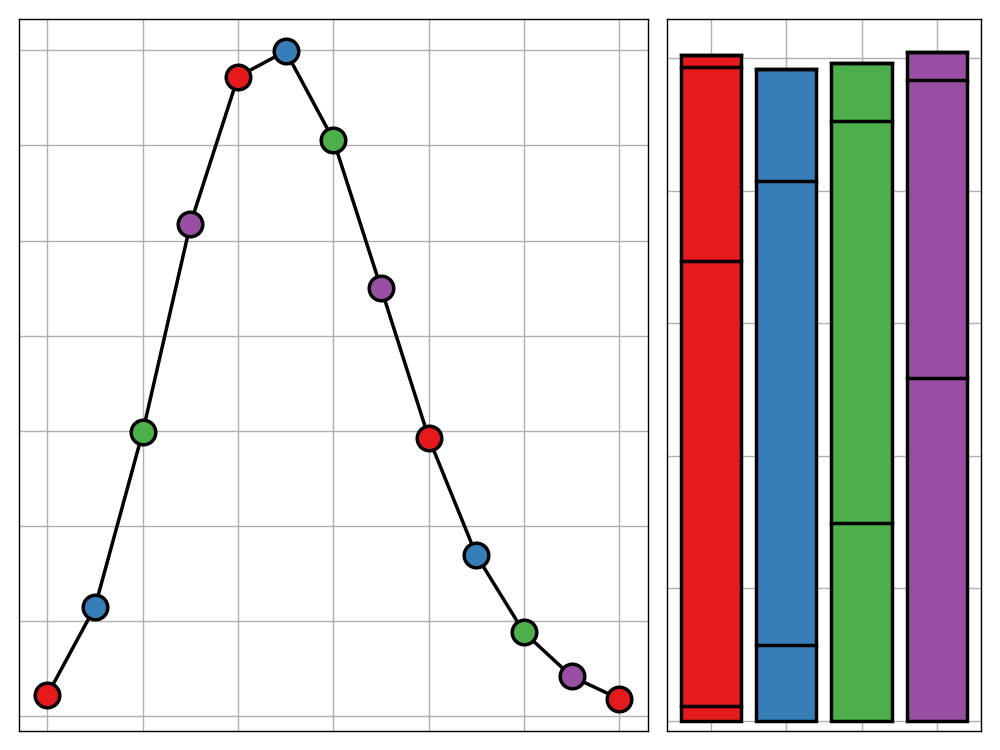
Data Roaming: A Portable Linux Environment for Data Science
When trying to fit data science in with a busy schedule of study, one often needs to work from shared university or library computers. Rather than spending the first 15 minutes of your working session reinstalling software, why not create a bootable USB stick with all your requirements ready to go?
AI is Not as Smart as You May Think (but That's No Reason Not to Be Worried)
The world of AI is full of hype, making it hard to distinguish real threats from fiction. This post is one of a pair and discusses the current challenges and limitations that AI systems face, particularly with regards the large obstacles that must be overcome before any existential threat from AI could manifest itself. The other details the current use of AI in military applications and the risks that this introduces. In all, these posts aim to present you will an accurate view of the current state of AI and direct focus towards the threats from AI that require the most attention going forwards.
Bank Holiday Bodge: The Sentiment of Shakespeare
As much as we'd like to in order to appear cultured, it is likely that many of us just haven't found the time or motivation to get through the iconic Shakespeare plays we are all familiar with. I don't have a full solution for that, but at the very least, this post presents a way of understanding the general narrative arc of the plays from a quick glance.
Is it Time to Ditch the MNIST Dataset?
The MNIST dataset is the bread and butter of deep learning. Featuring 70,000 handwritten, numerical digits partitioned into a training and testing set, the dataset is the go to candidate for a large proportion of introductory tutorials, benchmarking tests, and data science showcases. This post questions the suitablility of this dataset for such uses, attributing this shortcoming to the excessive simplicity of the challenge it presents when tackled with modern machine learning tools. Additionally, we look at alternatives to the dataset that demonstrate a more appropriate challenge without fundamentally changing the learning problem.
An Analysis of Strange Timezones
Timezones are strange things. Be it Chatham Island's 45-minute offset or West Bank's ethnically divided use of daylight saving, it almost seems like the timezones of the world were chosen to baffle. In this post we ask which capital city has a timezone that differs the most from what would be expected given its longtitude. Any guesses?
Bank Holiday Bodge: Parametric Snowflakes
After yesterday's post drawing Christmas trees with Python, it's time to give R a chance to shine. In this post, I use the shiny and ggvis packages to build a webapp for generating parametric snowflakes.
Bank Holiday Bodge: Coding up Christmas
Christmas is here but that's no excuse to stop coding. In the second installment of the bank holiday bodge series, there will be a major change in format but the principle will stay the same—showcasing a rough piece of work brought to fruition in a single day. This post will concern the use of parametric equations and the animation module from matplotlib to generate your own ornamented Christmas tree animation
Pymetrics Reenvisioned: Using statistics to balance risk and reward when faced with uncertainty
Reinforcement learning is a current hot topic in the world of data science. In this post, we look at how concepts from this area, in particular effective policies for the multi-armed bandit problem, can be applied to a job application assessment ran by pymetrics.
Ordering Factors within a Faceted Plot
ggplot2 is an amazing tool for building beautiful visualisations using a simple and coherent grammar—that is, when it wants to play nice. Sadly, this is not always the case and one can find themselves developing strange workarounds to overcome the limitations of the package. This post discusses one of these approaches, used to facilitate the correct ordering of factors within a faceted plot.
Enforcing Input Permanence with Shiny
Shiny is an incredibly tool for building online dashboards and web apps. The crux of Shiny is the concept reactive programming, allowing you to build visualisations and analyses which automatically update with changing user input. Reactivity is complicated though and doesn't always work as you expect so in this post I tackle an issue which I have repeatedly faced in my work and to which a solution I am yet to find online.












